This article originally began its life as separate reviews of two different not-so-compact cameras. However at some point they merged into a comparison, and then evolved, like a hulking black plastic 80s and 90s point-and-shoot sort of Pokémon. Besides the two cameras having quite a lot in common, I found that I kept circling back to what I was looking for in the experience of using one of these cameras. What has emerged is a largely superficial comparison with plenty of self-indulgent musing, and reflections on how emotional response to an object can possibly impact experience. Humour me then, if you will, and read on.
The age of wisdom, or of foolishness?
I was, for a couple of years, very happy with my Olympus mju-V as my primary point and shoot. It is a zoom, and no doubt, not the sharpest or fastest lens, but I’ve enjoyed using it to varying degrees of success. I like shooting with it’s compact weight, the tactile brushed finish of its metal shell. The bulky black plastic bricks of the 80s and 90s are pretty much it’s antithesis, so how exactly have I ended up with 2 of them? Whether wisdom or foolishness, I can only think I slowly developed a case of the infamous GAS, a hankering for a fast prime lens compact, but without the price tag of the Contax Ts, the Fuji Klasses etc.
I started combing through less feted prime compacts, first plumbing for a Panasonic / National C-600 AF after reading a good review here. Sadly the pop up flash no longer functioned properly, with the battery compartment instead getting so hot I felt it was in danger of spontaneously combusting. I couldn’t source another for a reasonable price, and so the hunt continued.
This time I settled on the Fuji DL-300. I couldn’t find any reviews of this exact model, but after looking at specs for the Fuji DL range, I felt it ticked most of my boxes. It has a 35mm f2.8 lens, you can disable the flash, and it doesn’t have a wired-in battery, unlike the slightly wider DL-200 which initially tempted me. It took a couple of months for a working example to come up on eBay, but I got it for a steal. Shutter-happy, I soon got through the test roll of Kodak Gold. I had some reservations about the shooting experience that I couldn’t quite put my finger on, starting with the teasing way the frame counter went up to 26 on inserting a roll of 24, before gleefully retreating back to the box number of shots. I pushed those niggles to one side as I keenly anticipated the return of my scans.
Of course, keenly anticipating anything is always tempting fate. The shots were often just slightly over or under exposed, colours occasionally bright but often washed out, and somehow flat. There was the odd shot that I was pleased with, but it wasn’t a good success rate. I later realised when comparing specs that the overexposed shots might be because the DL-300 doesn’t have a 200 ISO step, using 100 instead, so my initial disappointment in the camera may not be its fault. I am yet to find a definitive answer as to what steps it actually uses between 100 and 1600.
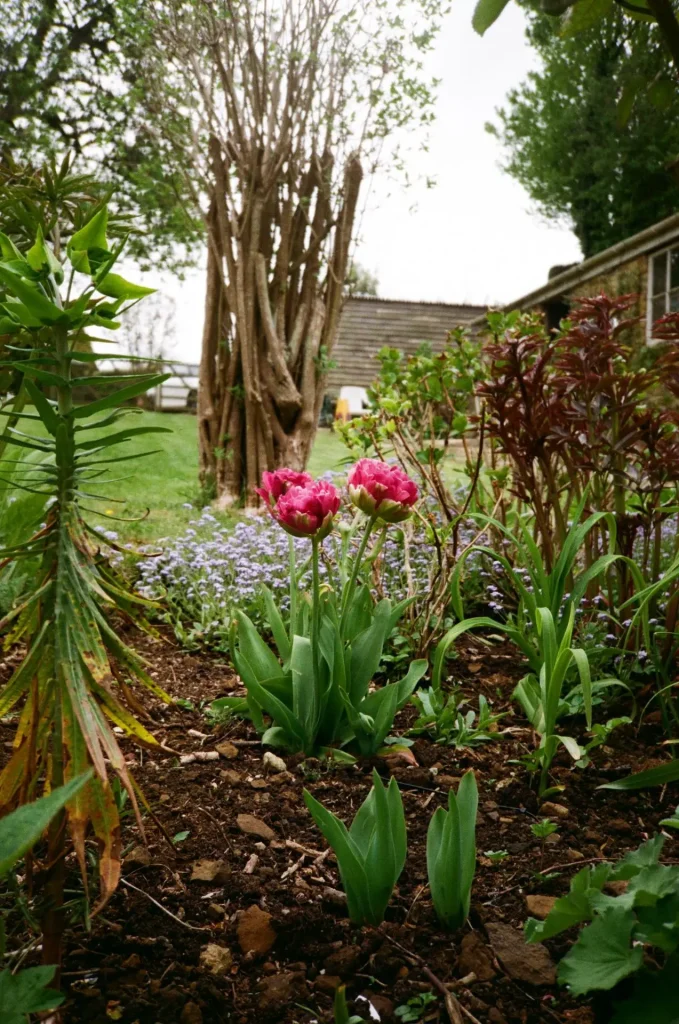
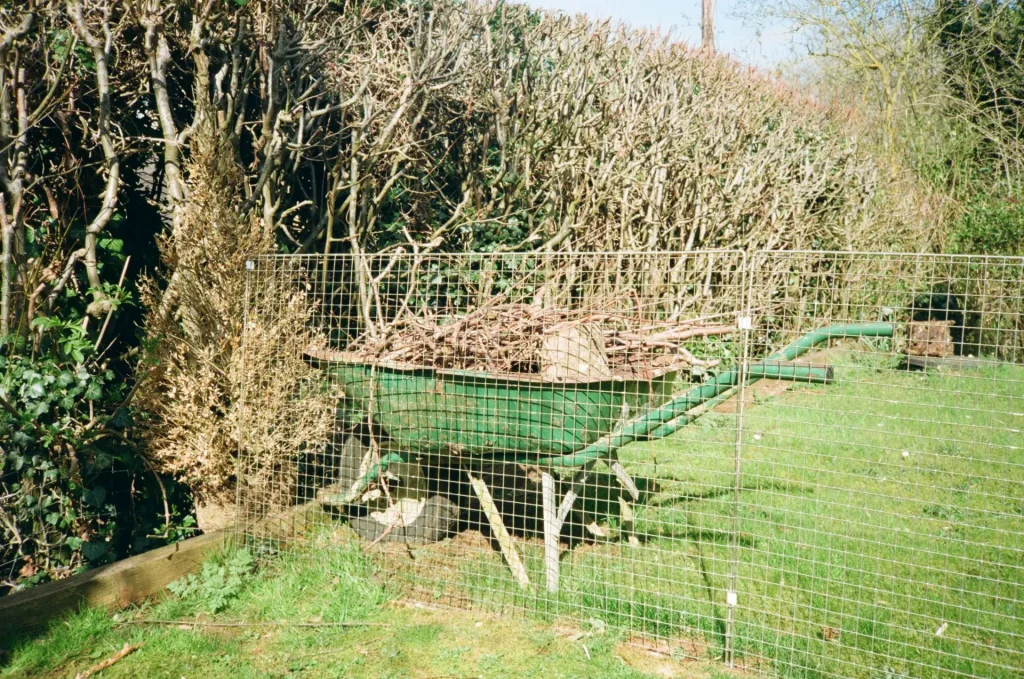
My reservations about the experience of shooting with the camera only grew. Maybe I was just incapable of getting over my apathy for its black, bricky design, even though there was nothing really wrong with it functionally. The sliding lens cover shuts just a bit too easily, and the lack of moulded grip means it’s fairly easy to end up with a giant fuzzy finger in the shot; the flash off button is fiddly, and of course the camera doesn’t remember the setting when turned off.
However, these niggles are fairly common across point and shoot film cameras. I have nearly all the same gripes about my Olympus mju-V, but I have learnt to adjust my grip, to try and remember about the flash when I turn it on, etc. Perhaps I was too preoccupied with style over substance, or that dodgy first roll had cemented my feeling of slight apathy towards the DL-300, despite the odd gem of a shot.
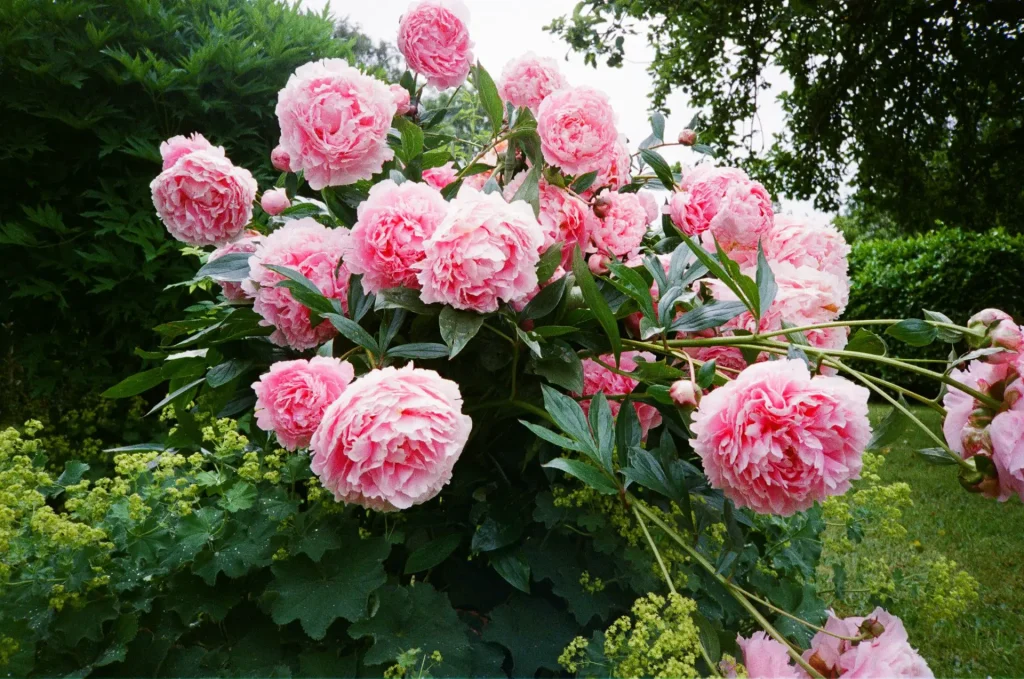
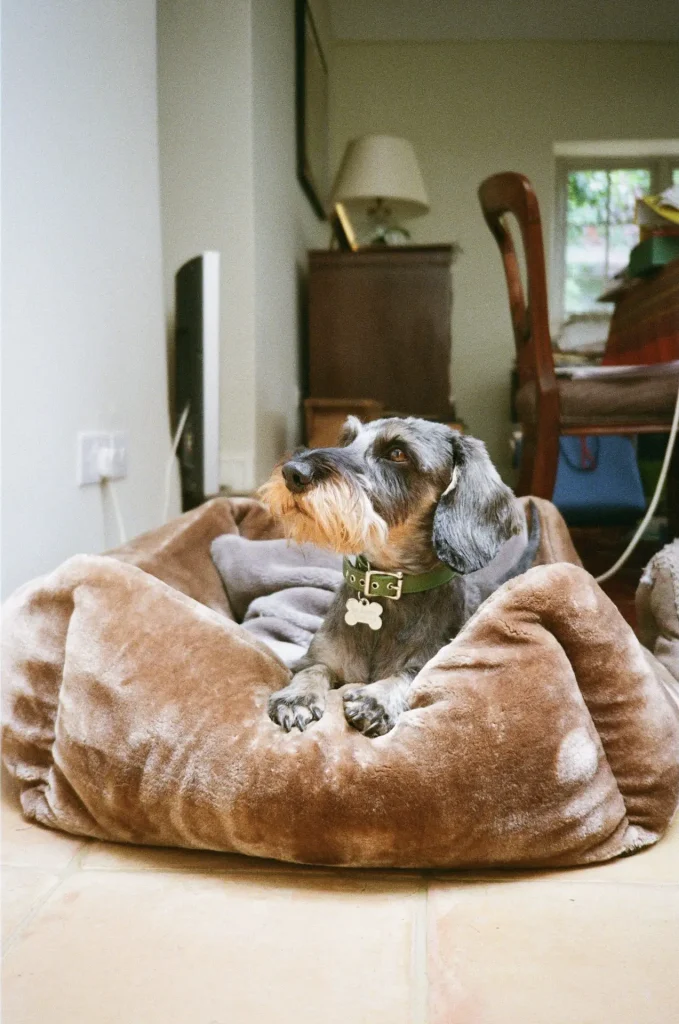
I put a new roll of film in it, feeling I should give the camera another chance, but found I was increasingly reluctant to pick it up, and anyway, now there was a new camera in town.
The Spring of Hope
During the winter lockdown of 2021, in our house, we finally resorted to trying to sort out the large jumble of family photos that span just short of a century. Entombed in woolly jumpers, I came across one of my mother on a summer holiday, and hanging nonchalantly from her hand was a camera. I couldn’t make out what model exactly, but it was black, plastic and boxy. Despite coming from a family of savers (or hoarders, depending where you stand) the camera was nowhere to be found, but, neatly rolled up in its original case was a manual, for an Olympus AF-1.
Of course I couldn’t resist reading up on the camera, watching a couple of videos on YouTube and scrolling through the Instagram hashtag, as well as looking through our own family albums. I was so tempted to buy a working copy, but one thing stopped me: an automatic flash, with no way of disabling it. Enter the Olympus AF-1 Super, released in 1991, and in nearly all respects the same camera, but with the important addition of a flash that could be turned off. Through a perceived proximity to the feted Mju i and ii, both the AF-1 and its less common ‘Super’ sibling command quite a high price tag, somewhere between £50 – £100, but I managed to snag one at auction for a much better price; largely, I suspect, because it happened to end during the Euros football final.
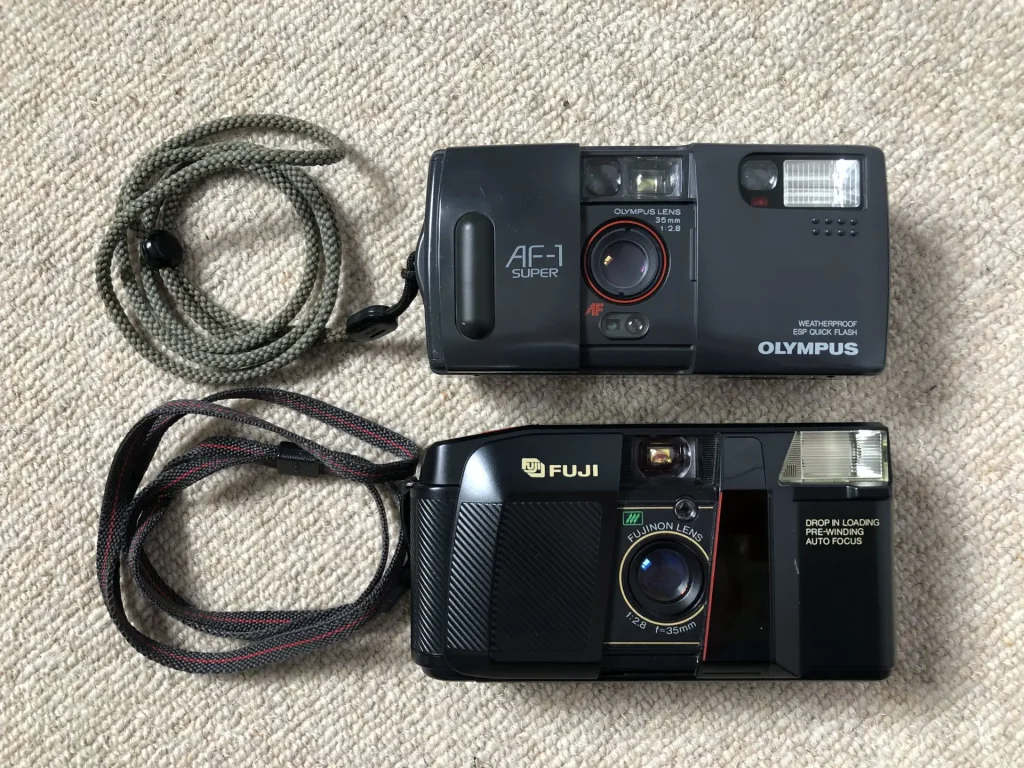
Next to each other, the Olympus AF-1 Super and Fuji DL-300 are not dissimilar, both in terms of specs and appearance. Yet my feeling for the AF-1 is completely different. It is also bulky, also plastic, if slightly sleeker, and similarly noisy. But most importantly, It is a camera I want to pick up and point at things. I’m not sure I would even say that the lens is ‘better’ than that of the Fuji, but when I got the first scans back I was impressed by its character, warmth and depth.
The more emotive way I came to this camera probably predisposes me to like it, and others might prefer the DL-300, but ultimately that becomes irrelevant. For whatever combination of reasons, this is the camera that I find myself reaching for.
The AF-1 Super has a reassuring solidity, and while it is plastic, it is more streamlined compared to the distinctive 80’s flavour of the DL-300. It also has the advantage of being weatherproof, though I’m not sure to what extent I would test this 30 years later! I appreciate that it leaves the film leader out of the canister after rewinding, even though I don’t home develop. I actually enjoy the pronounced clack that the shutter makes, if not the whir of its motor. And of course there is something appealing (or maybe saccharine?) about handling a similar camera to my mother, to think of all the times she pressed the shutter button whenever I do the same.
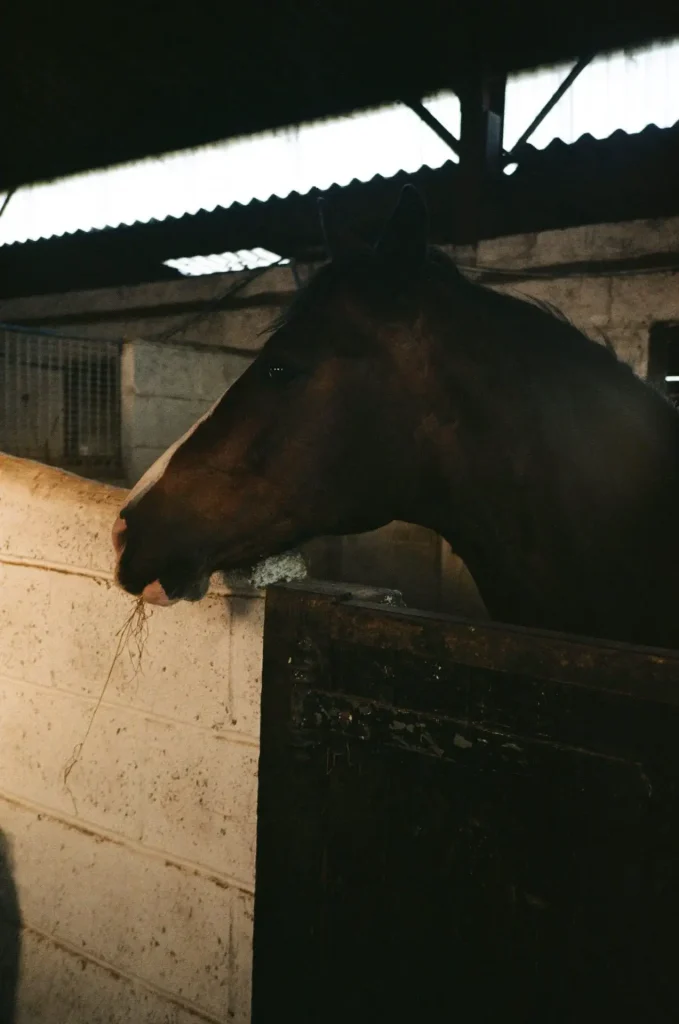
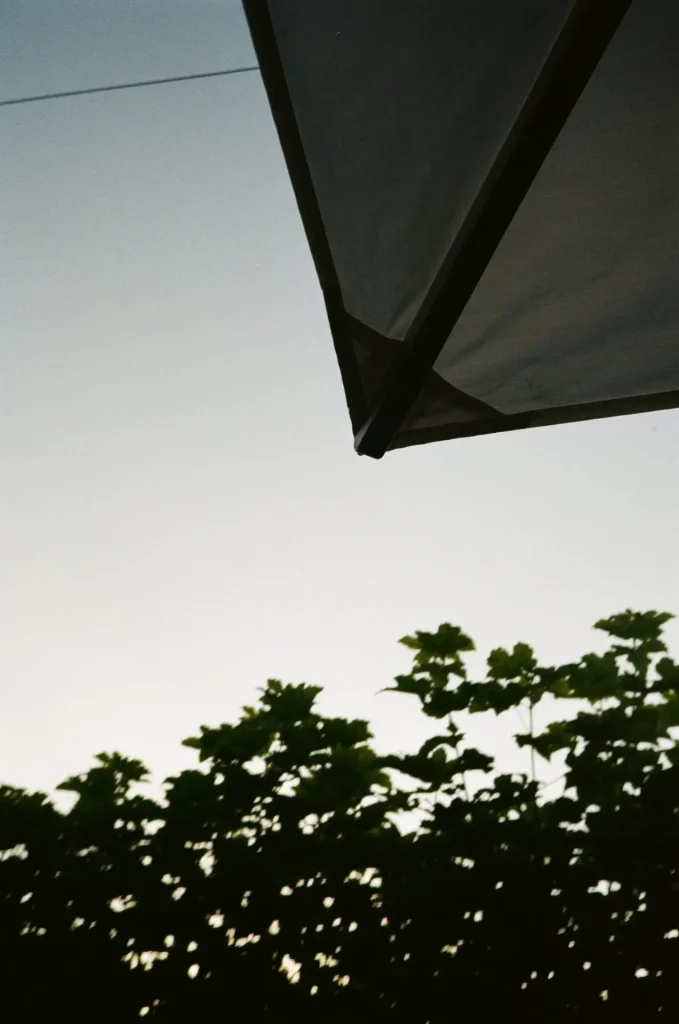
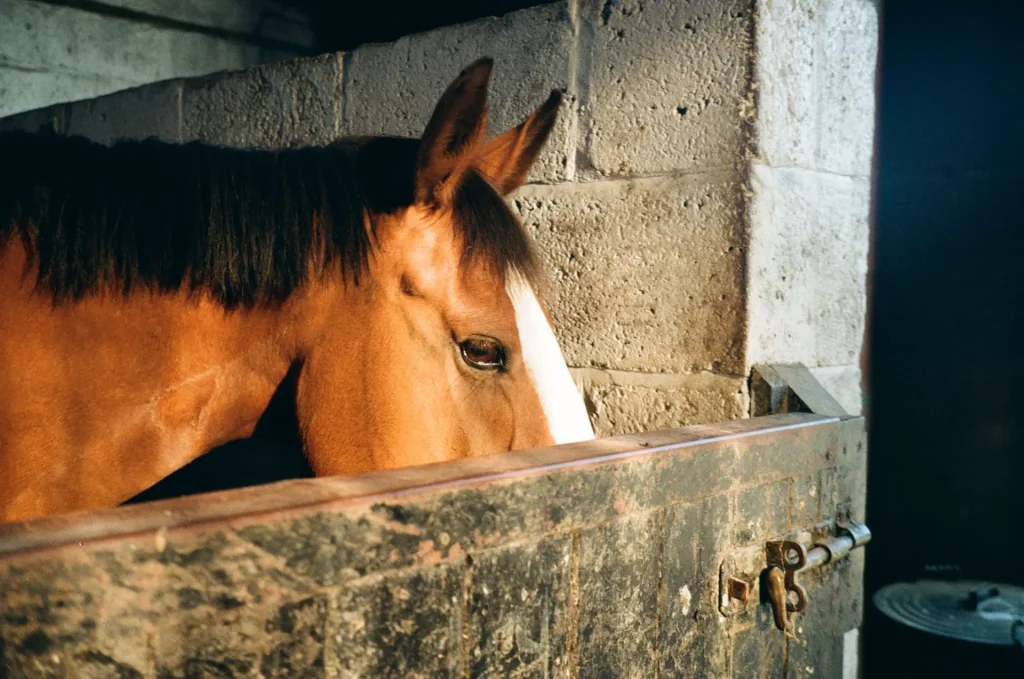
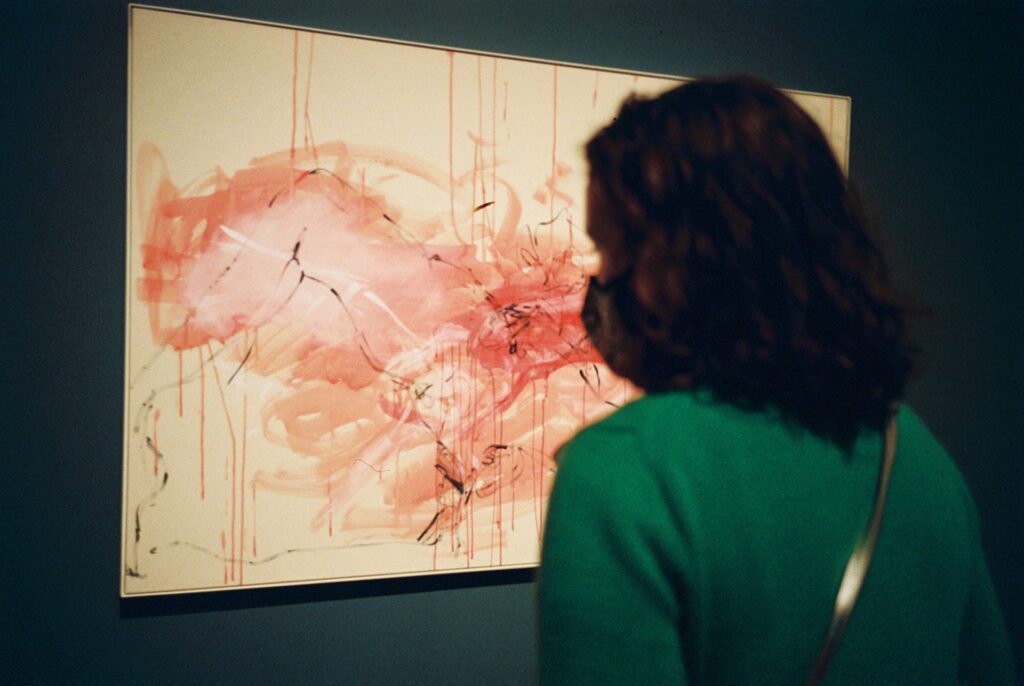
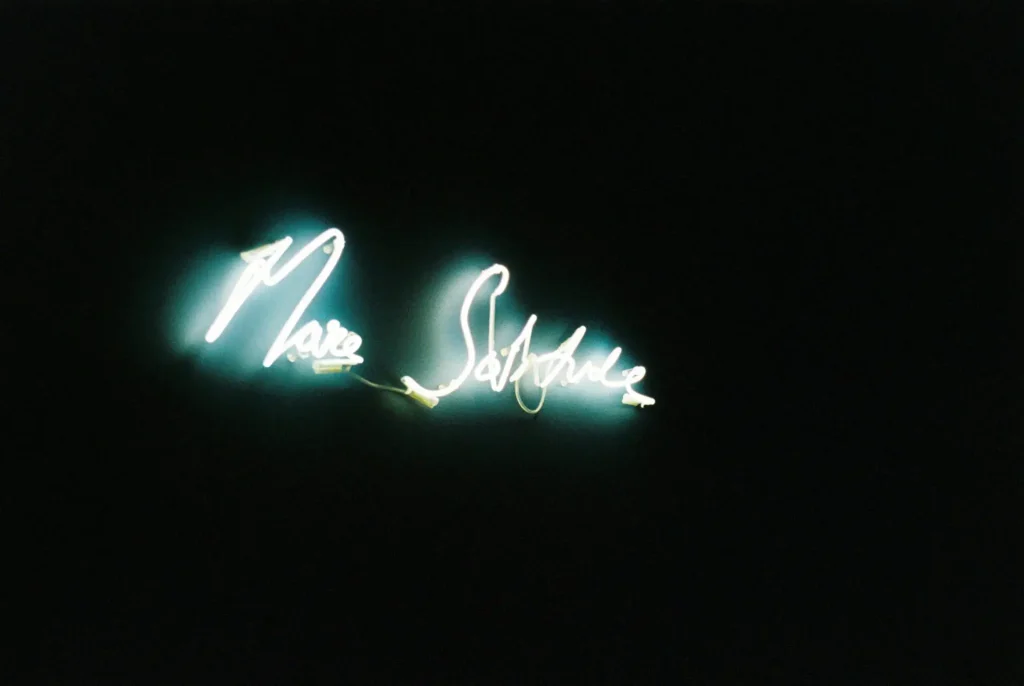
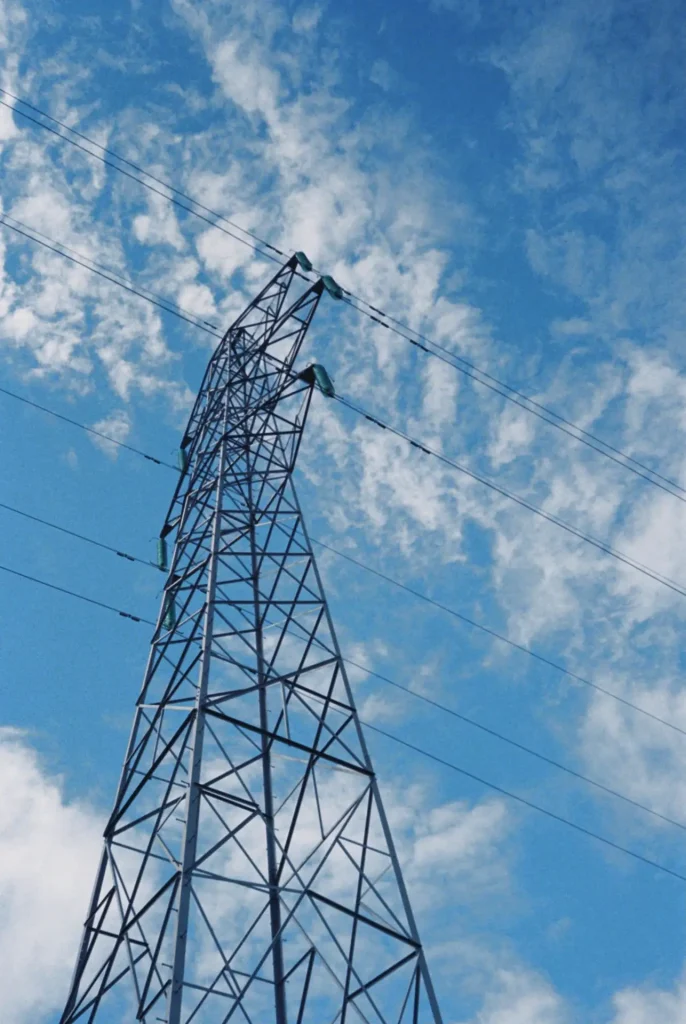
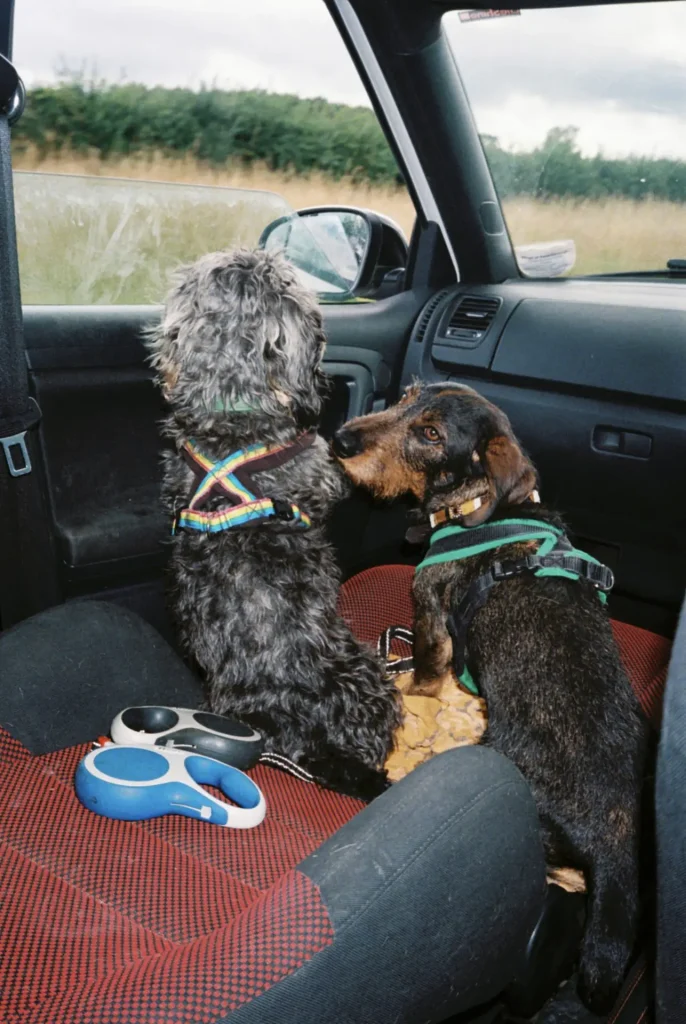
And so here ends the hunt, at least for now! The AF-1 Super (affectionately known as the ‘Super As F…’) has established itself as the compact of choice out of my trio. The Mju-V hasn’t had a new roll through it since it’s older sibling appeared, and I’m not quite sure what will happen to the DL-300. My initial disappointment in it has softened, especially after getting back scans of a roll of Kodak Ultramax 400, which it seems to have got on better with than the Gold. I might keep it as a backup camera, or possibly sell it on.
However while there’s no doubt it’s a firm second to the Super for me, I won’t end by pronouncing it the lesser camera of the two. If the cameras had swapped places, and the DL-300 first appeared in a holiday snap of my mother, maybe then I would be singing its praises over the Super. In many ways though I don’t think it matters which is the better camera technically, because I’ve already found having that affection for the Super makes me more enthusiastic about using the camera, and ultimately (hopefully) taking better photos.
(If anyone does want to offer the DL-300 a new, more loving home, let me know in the comments)
Share this post:
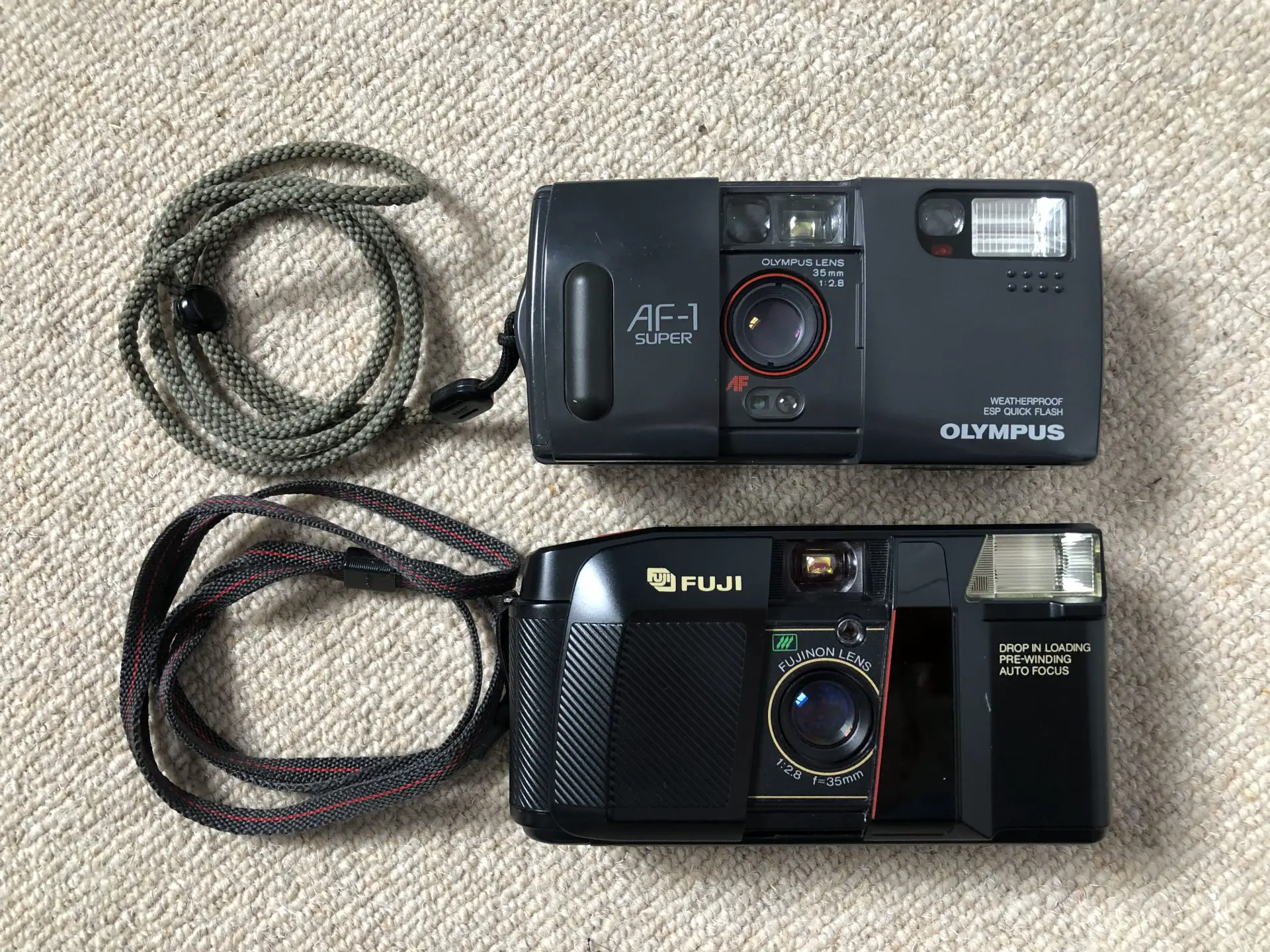








Comments
Nick Lyle on A Tale of Two Compacts – Emotion and Camera Choice – By Octavia Vans
Comment posted: 16/09/2021
Comment posted: 16/09/2021
Lee on A Tale of Two Compacts – Emotion and Camera Choice – By Octavia Vans
Comment posted: 16/09/2021
Comment posted: 16/09/2021
Tom Perry on A Tale of Two Compacts – Emotion and Camera Choice – By Octavia Vans
Comment posted: 16/09/2021
Comment posted: 16/09/2021